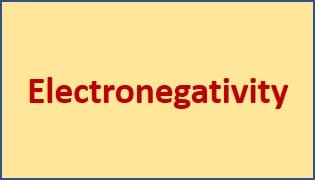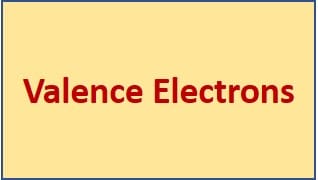Electronegativity is defined as an atom’s tendency to attract electrons to itself in a chemical bond.The greater the difference between atom electronegativity values, the more polar the chemical bond formed between them. Electronegativity value increases moving from left to right across a period. Electronegativity generally decreases moving down a periodic table group.This correlates with the …
Definitions
An easy definition of valence electrons would be a single outer shell electron in the outer shell of an atom that is responsible for the chemical properties of the atom. In other words, a valence electron is an electron of an atom, located in the outermost shell of the atom, that can be transferred to or shared …
A Lewis Structure of a Molecule is a very simplified representation of the valence shell electrons.It shows how the electrons are arranged around individual atoms in a molecule. Electrons are represented as “dots” or “bonding electrons” as a line between the two atoms. The objective of drawing the Lewis structure is to obtain the “best” …
Polar molecules are formed when the electronegativity of the bonded atoms differs. When electrons are shared equally between atoms in a diatomic molecule or when polar bonds in a larger molecule cancel each other out, nonpolar molecules form. Keep reading to know more about polar versus nonpolar molecules Examples Examples of polar molecules include water, …




